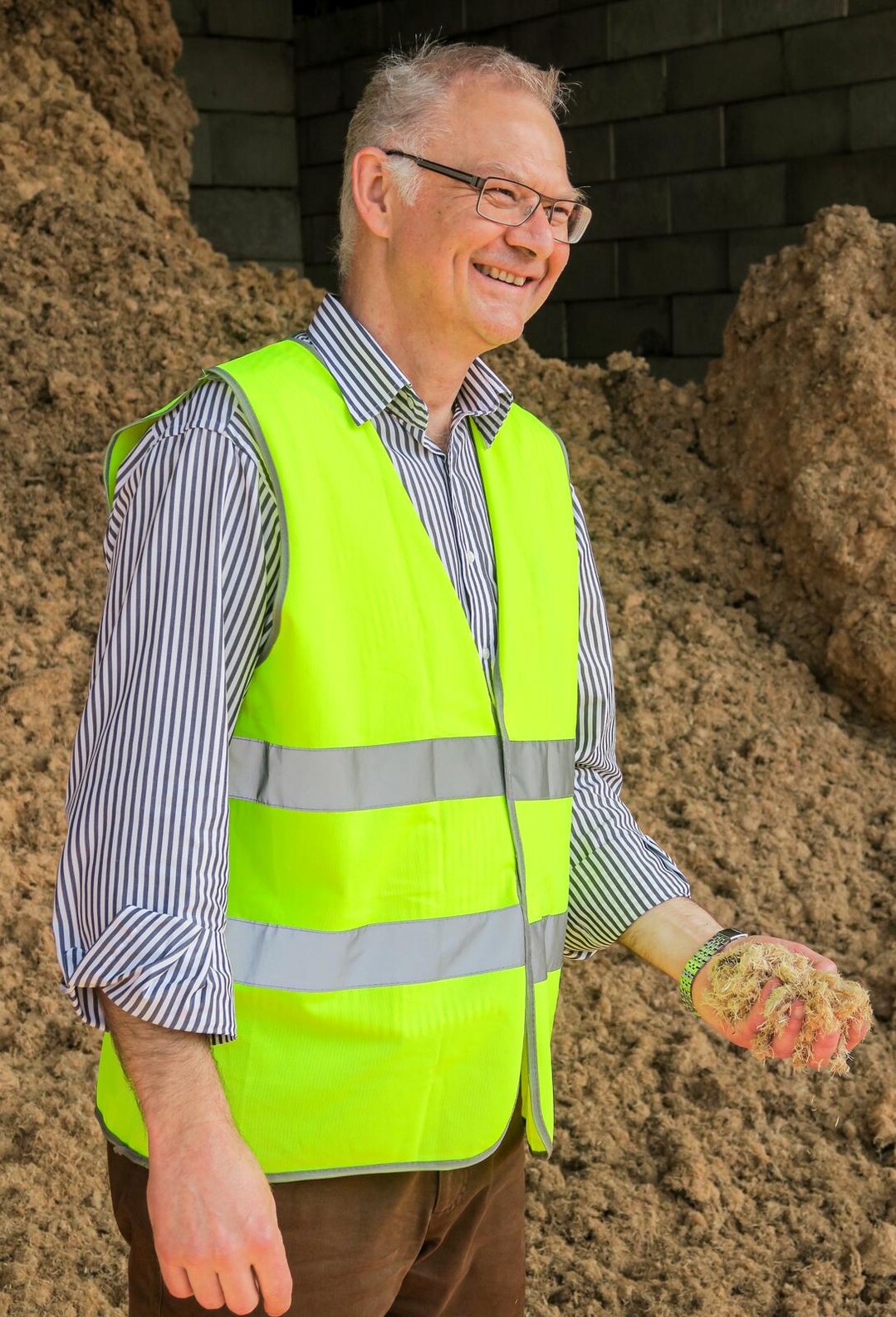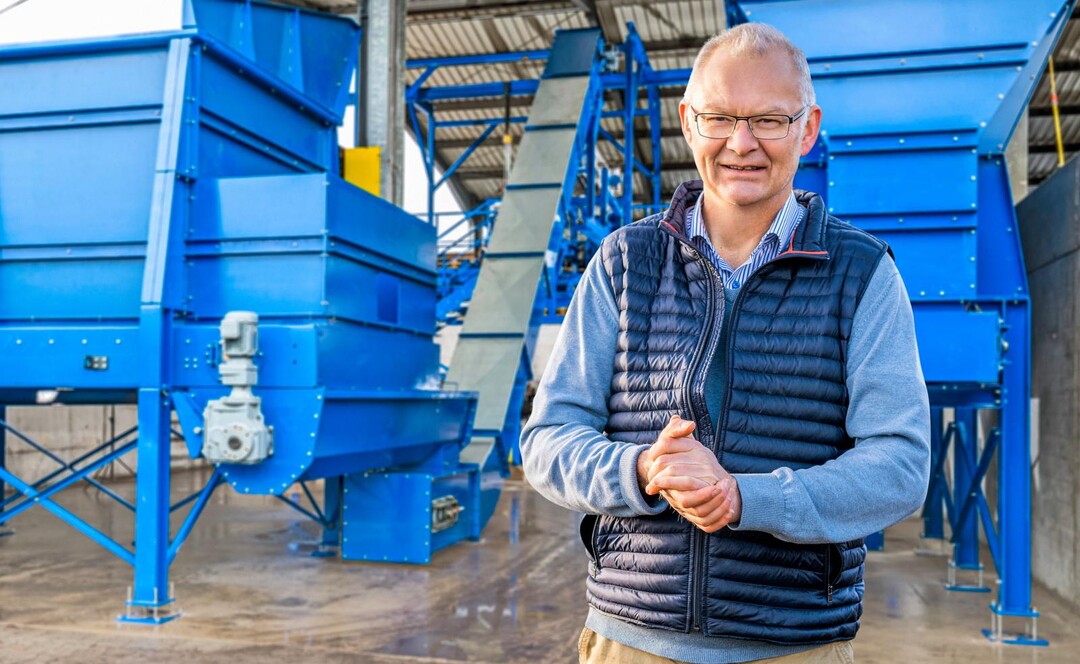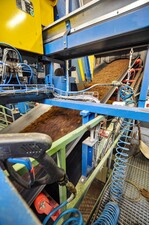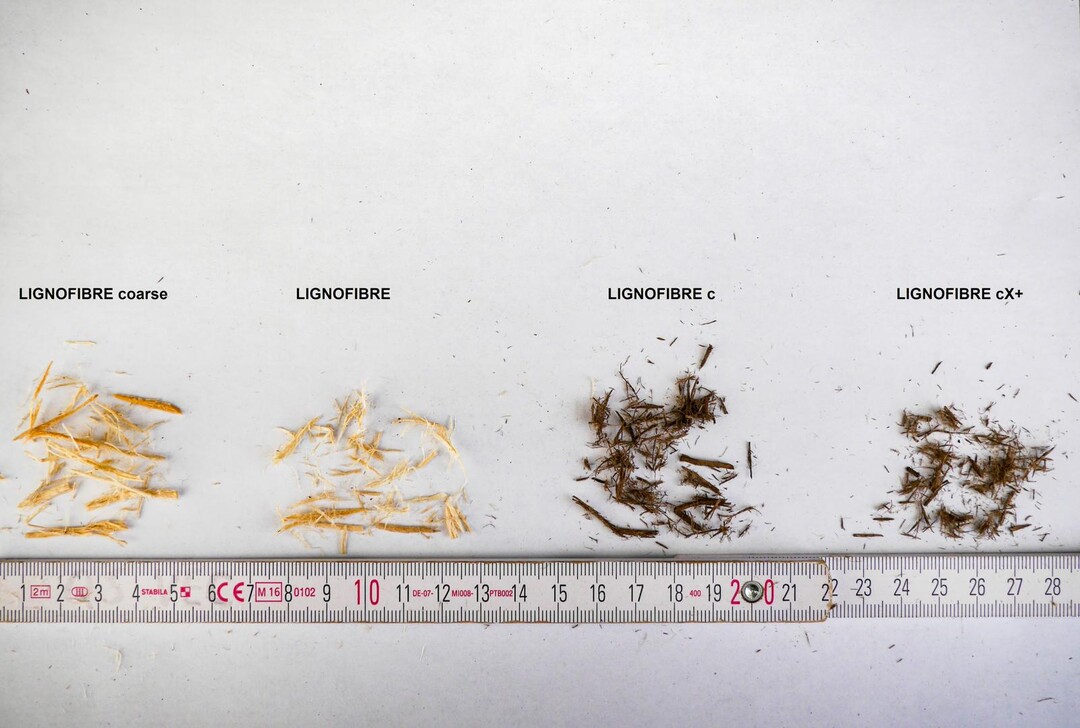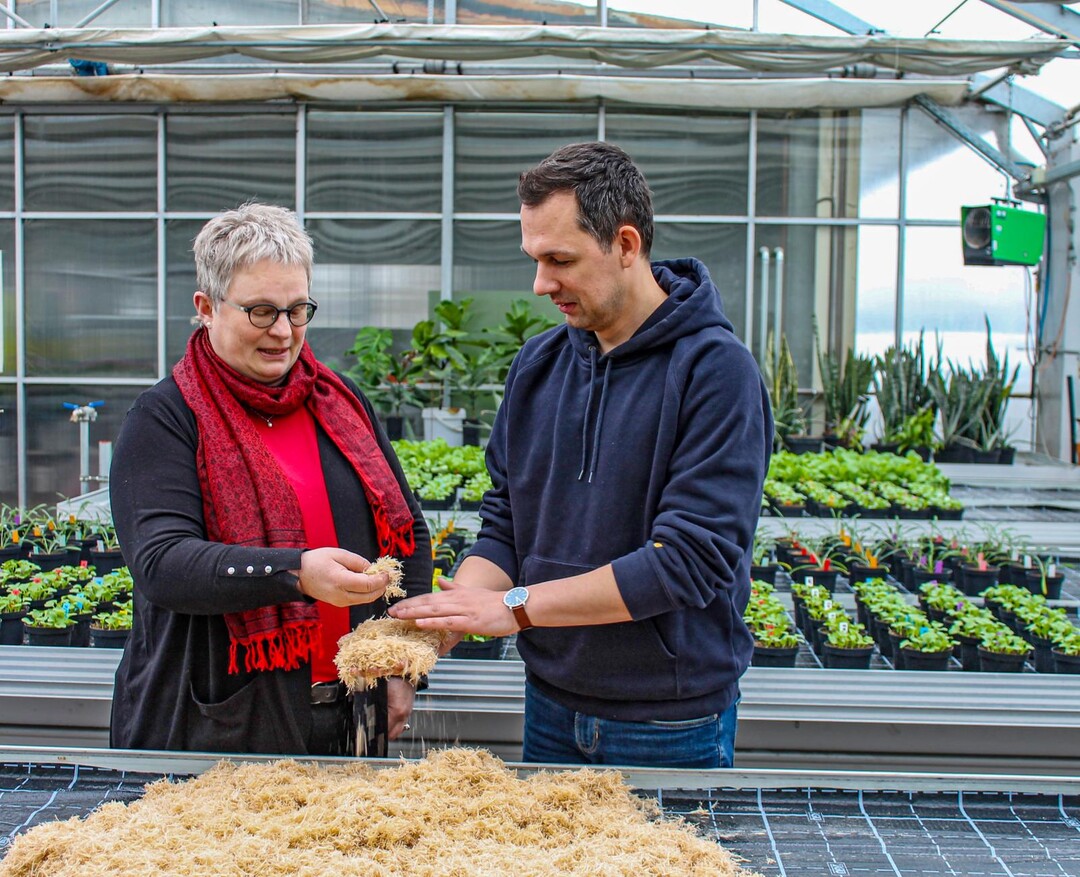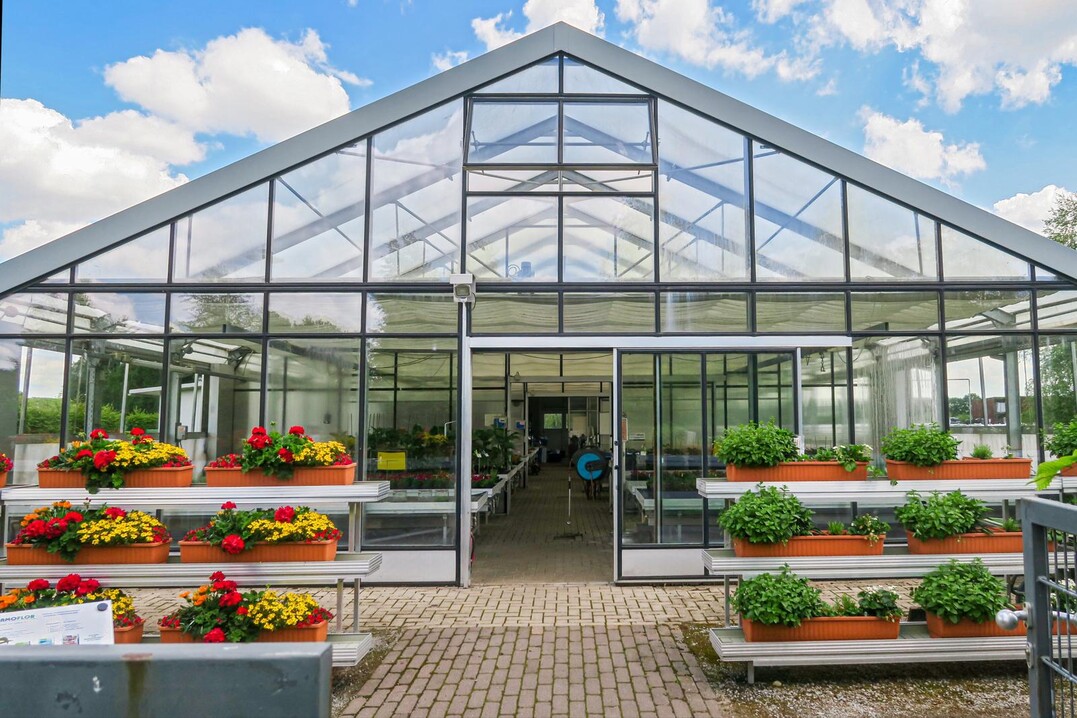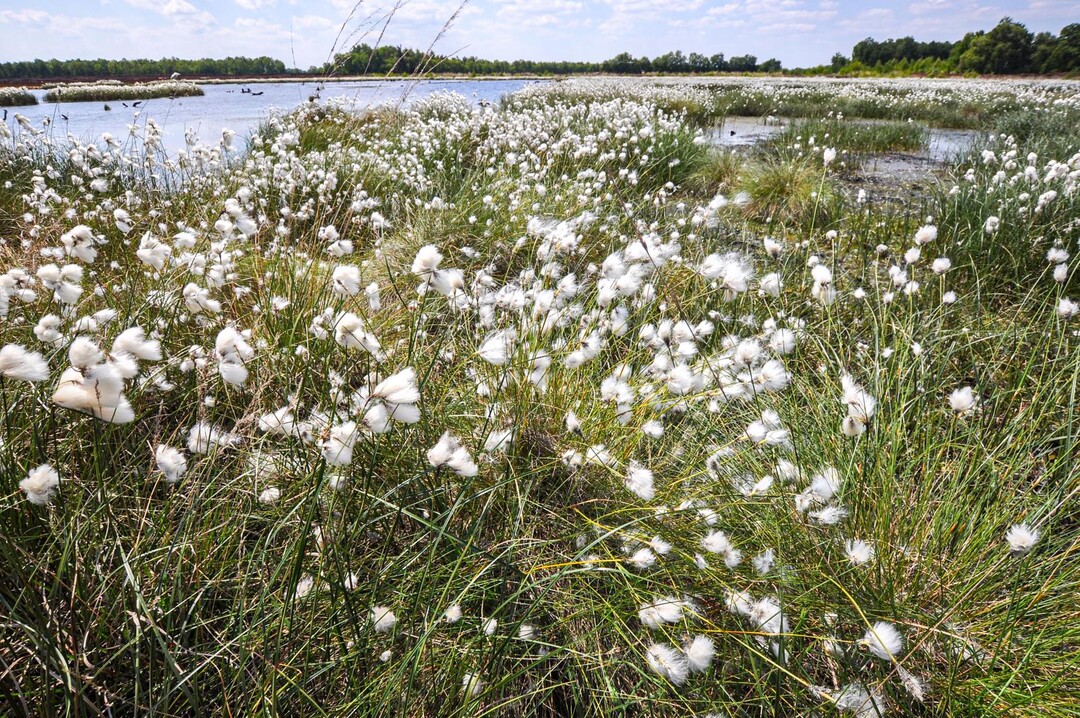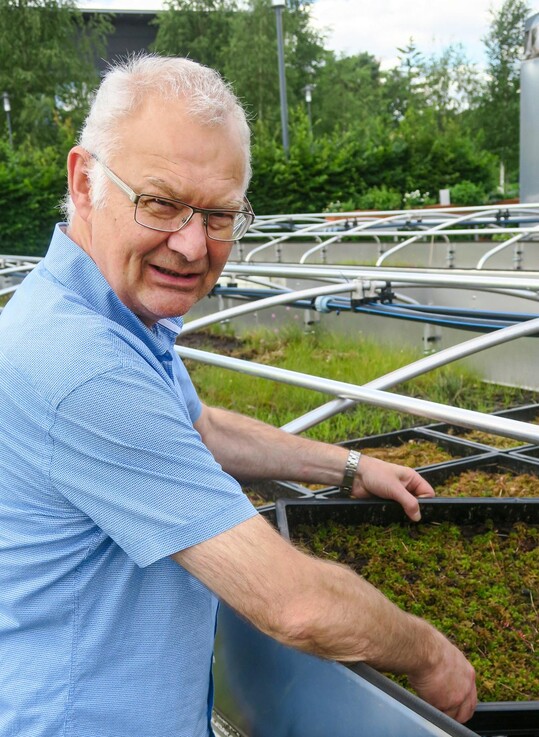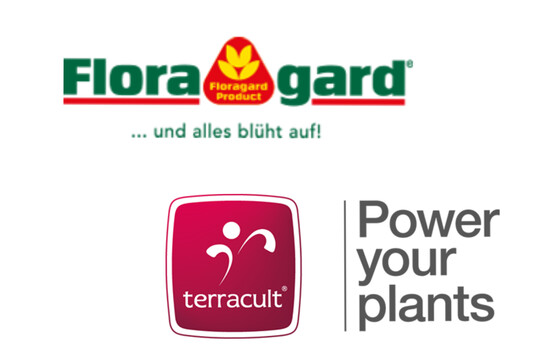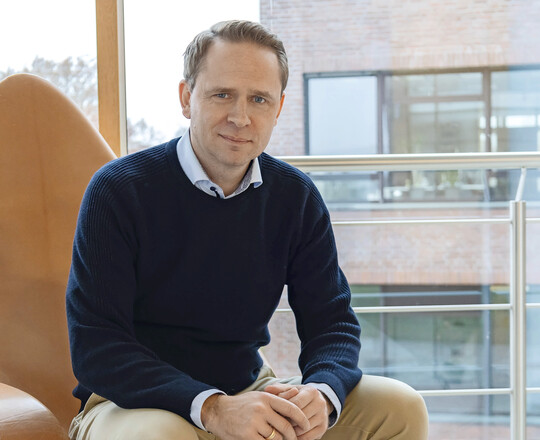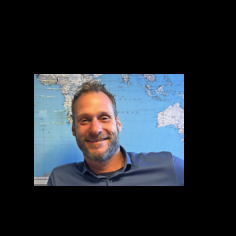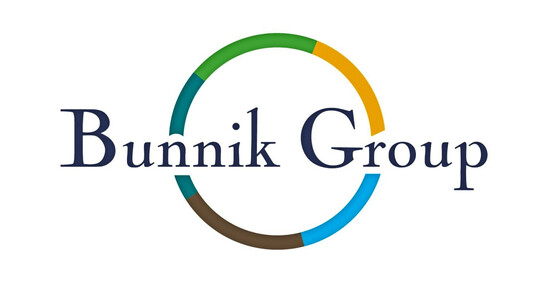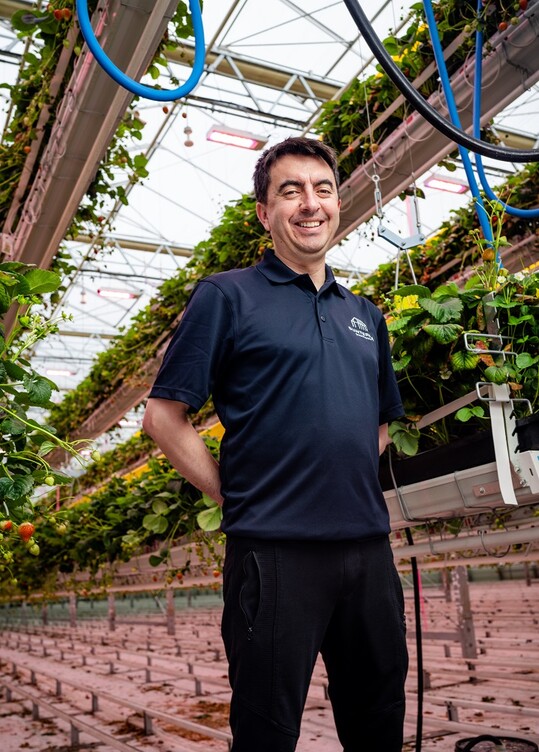From peat cutting to innovation forge
The substrate producer Gramoflor has been around for over 100 years. In 1908, Anton Gramann founded a peat trading company in Vechta. This was followed by the company's own peat extraction and later, in the 1990s, the production of horticultural substrates. Today, Josef Hermann Gramann is the head of the company.
- Published on
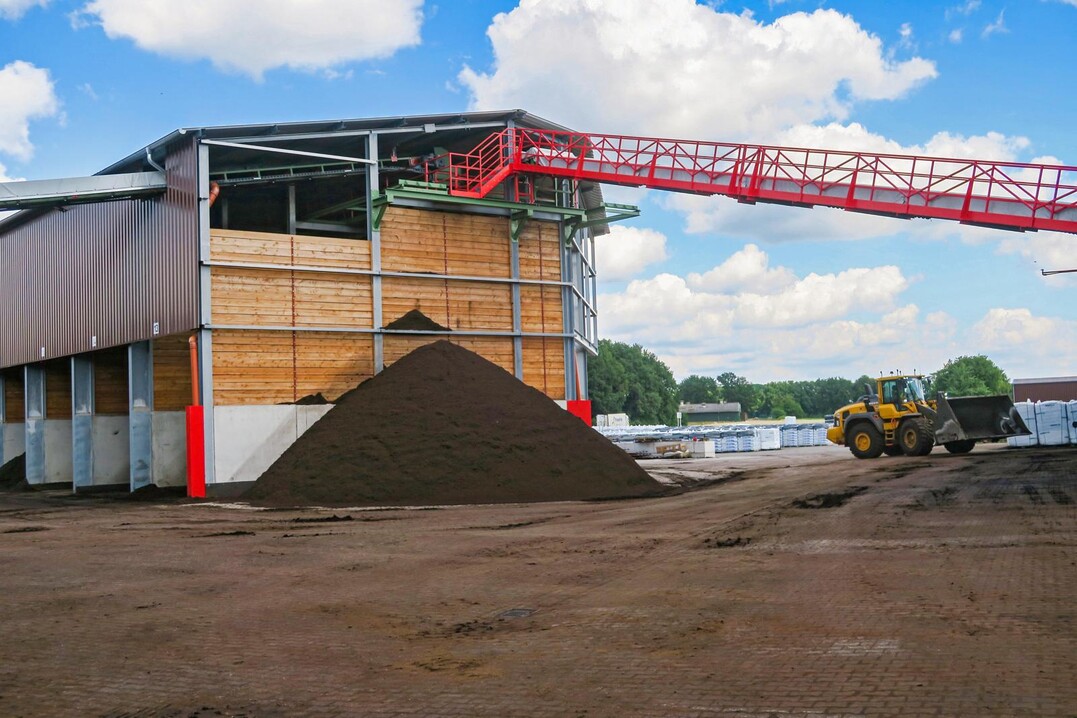
The trained farmer began marketing horticultural substrates under the Gramoflor brand in 1999. In the years that followed, he expanded the company into a major supplier of horticultural substrates and potting soils, with two production sites in Vechta and Neuenkirchen-Vörden and its own peat extraction sites throughout northern Germany. Around 120 people are employed throughout Europe. The company currently has a peat extraction area of around 600 hectares, with 350 hectares under extraction and 250 hectares under renaturation.
The production of substrates and potting soils from the plants amounts to around 700,000 m³ annually, and annual sales exceed 40 million euros. Gramoflor lives with about 50% strongly from the export business. 80% of the products go to commercial horticulture, with the emphasis on vegetable and fruit cultivation, tree nurseries and ornamental plant cultivation, and 20% to the hobby sector.
Plant in Spain
Europe-wide trade in substrates is a tradition at Gramoflor. Business relations with gardeners on the Iberian Peninsula have developed particularly intensively in this context. Gramoflor has maintained its own sales office in Spain since 2000. Now the substrate manufacturer has also relocated part of its soil production to Spain. A former sawmill was recently purchased near Valencia and converted into a modern substrate plant. With a planned production volume of around 150,000 m³, customers will be supplied from here. The focus is on substrates with a high proportion of renewable raw materials such as wood fiber and coconut. Peat continues to play an important role. The aim is to shorten transport routes and save CO2 emissions by using regional, climate- and nature-friendly raw materials, and to ensure security of supply for horticultural businesses. The new raw material "gramoFlakes" also serves this purpose. This is a by-product of rice production around Valencia. For use as a peat substitute, the rice husks are thermomechanically processed in a complex process and, depending on the crop requirements, can be used at up to 40% in professional substrates.
Wood fiber most important peat substitute
The former peat trading company concentrating on the extraction of peat in northern Germany has developed into a substrate company focusing on the production and processing of peat substitutes. Overall, the share of renewable peat substitutes in professional substrates is already more than 30%. This proportion varies greatly from country to country. In German-speaking countries, the issue of peat substitutes is much more prevalent than in the rest of Europe.
For Gramoflor, wood fiber is the most important peat substitute. Under the term "Lignofibre", it has been produced in an in-house production plant at the Neuenkirchen-Vörden site since 2018. A second plant is scheduled to go into operation at the end of 2022. Both together will then be able to produce up to 15,000 EN cubic meters of wood fiber per week. Wood chips (softwood) of certified quality are processed in a machining process. The wood chips are first softened with steam. Then they pass between grinding disks made of metal (refiners) and are mechanically defibered, generating high temperatures. This leads to a degradation of tannins and resins as well as to a sanitization of the material.
Fiber structure and physical properties can be influenced by the machine settings. Thus, the classic "Lignofibre" (medium coarse, dyed and undyed) and the dyed variant "Lignofibre c Xtrafine" were followed in 2021 by the further development "Lignofibre c Xtrafine+". With its much finer defibering and shorter fibers, it is characterized by a better water retention capacity that comes even closer to peat. Peat can thus be replaced to an even greater extent than before. Areas of application include growing and propagation substrates, smaller press pots and tray plates. With its homogeneous structure, the wood fiber prevents the root zone from becoming waterlogged, and its high air capacity promotes uniform growing results. "Lignofibre c Xtrafine+" can be easily processed by machine, which is an important criterion in the field of cultivation and propagation. Here, it can be mixed into the substrate at up to 30%.
Finally, with the uncolored " Lignofibre coarse", Gramoflor 2022 expanded its wood fiber variants to include a type with a coarse and stable structure. It was designed for coarse substrates and thus for larger pots and containers. In substrate formulations, it can partly take over the part of sod white peat, whose procurement is severely restricted due to the current political situation in Eastern Europe. The advantage of the new wood fiber is that it avoids waterlogging and drains substrate mixtures well during heavy rains. It also facilitates the rewettability of the substrates and promotes their air capacity. At the same time, the fiber ensures that the substrate surface dries well, thereby reducing weediness. Compared to peat, wood fibers store less water. Depending on the substrate mix, this can change the usual watering intervals. It is worth noting that the new variant is homogeneously defibered and does not contain any coarse wood pieces. This reduces the risk of injury when substrates are handled by hand. All wood fiber products are now RAL quality assured.
Own coco preparation
In 2019, Gramoflor decided to also process the raw material Cocopeat (coconut pulp) itself and to build up the substitute material as another pillar of peat reduction. Gramoflor sources the pure, unprocessed raw material from the countries of origin, India and Sri Lanka. The material is pressed into large blocks there and transported to Germany by ship. Here it is processed under German environmental standards. The compressed material reduces transport costs and improves the eco-balance. Processing in Germany avoids environmental pollution in the countries of origin.
Gramoflor is able to prepare Cocopeat and divide it into three types so that it can be tailored even more precisely to specific crop requirements in terms of salt content and physical properties. Three quality grades are offered (in accordance with the latest RAL quality assurance):
- Type 30 for proportions up to 30 %,
- Type 60 for percentages up to 60 % and
- Type 100 for percentages up to 100 % and for particularly sensitive crops.
According to the experience gained from many trials, chemical buffering is not necessary at the present stage. The raw material is therefore biocompliant and RAL quality assured.
Cocopeat is the fiber pulp of the coconut. This accumulates when the mesocarp is crushed and is sieved into different fractions. The water holding capacity is similar to that of peat. Substrates made of pure fiber pulp, however, tend to become waterlogged. Therefore, blends with other materials are necessary. The cation exchange capacity is similar to that of peat. In addition, the material can be easily rewetted after drying and, after preparation, can be reused several times without significant yield loss.
Like peat, coir pulp is free of weed seeds, fungi and bacteria. The pH is between 5.5 and 6.5, and coir is considered an ideal substrate ingredient that can be used to completely replace peat in mixes. This situation is unique and comparable to almost no other organic raw material. It is a renewable by-product that accumulates in large quantities in processing companies as a residual material during coconut processing.
Even though the material has a negative ecological balance in various studies, due to the processing in the countries of origin and because of the transport, it can still contribute to replacing peat and thus improve the currently strained raw material situation.
With professional support into a peat-free future
The use of a wide variety of organic raw materials leads to increasingly complex substrate mixtures and thus increases the risks in crop management. Gramoflor has therefore developed the "gramoNutriconcept" to provide professional support for the peat phase-out. This takes into account the specific chemical properties of the volumizers as well as those of the fertilizers used. This ensures efficient and economical coordination of the raw materials and fertilizers used in the substrate.
In addition, the N immobilization can be calculated on the basis of the recipe, which makes it possible to compensate for the N loss by applying a defined amount of fertilizer. The concept is a web-based application with the storage of customer-specific irrigation water analyses and inclusion of the company's own extensive crop database.
The "gramoNutriconcept" is available to every sales representative, who can use it to develop individual concepts together with the plant producer. The tool contributes to targeted crop planning and effective crop management and increases sustainability through the increased use of alternative raw materials. The principle of "only as much as necessary" improves profitability.
Peatland habitat
On the one hand industrial peat extraction, on the other fascinated by the unique peatland landscape: as managing partner of Gramoflor GmbH & Co. KG, Josef Gramann represents both areas and links them with extraordinary projects. Since 2009, the sustainable orientation has been anchored in the company's mission statement. Gramoflor is primarily committed to the renaturation of formerly agriculturally managed peatlands in Germany into living raised bogs.
The upper/lower field method developed by Gramoflor makes it possible to start renaturation work while the peat is still being extracted. This method, as well as the application of peat mosses on the subfields, gives the bog-typical vegetation a head start in time and provides a good prerequisite for the development of living raised bogs and species-rich biotopes.
With the "Moor Habitat" foundation, Gramoflor is committed to the successful restoration of intact moor landscapes far beyond what is required by law. "Lebensraum Moor" was established by Gramoflor in 2012 as a non-profit nature conservation foundation under civil law. The main motivation for the foundation's establishment was the desire to ensure that the care of the growing moors is financed and accompanied in the long term, even after the company has withdrawn from the respective peat cutting area. Only in this way do the formerly cultivated areas have a chance of developing permanently into ecologically valuable living raised bogs.
In order to achieve optimal results in the renaturation of degraded peatlands as quickly as possible, Josef Gramann and his team experimented with various native moss species. "In the first step, we mainly use the pioneer sphagnum moss species Sphagnum cuspidatum and Sphagnum fallax on the areas," explains the bog expert. "Once these are established and the water level is reasonably stable, we introduce more challenging cultivated peat mosses such as Sphagnum magellanicum , papillosum and palustre." Josef Gramann tests a wide variety of conditions with growth trials at the company's site in Vechta. "We don't just want to find out here which species are best suited for renaturation," he adds. "In the future, we will also enter into propagation for rarely occurring species in order to be able to provide sufficient material for large-scale raised bog restoration. In this way, we will even create new CO2 sinks again in perspective."



